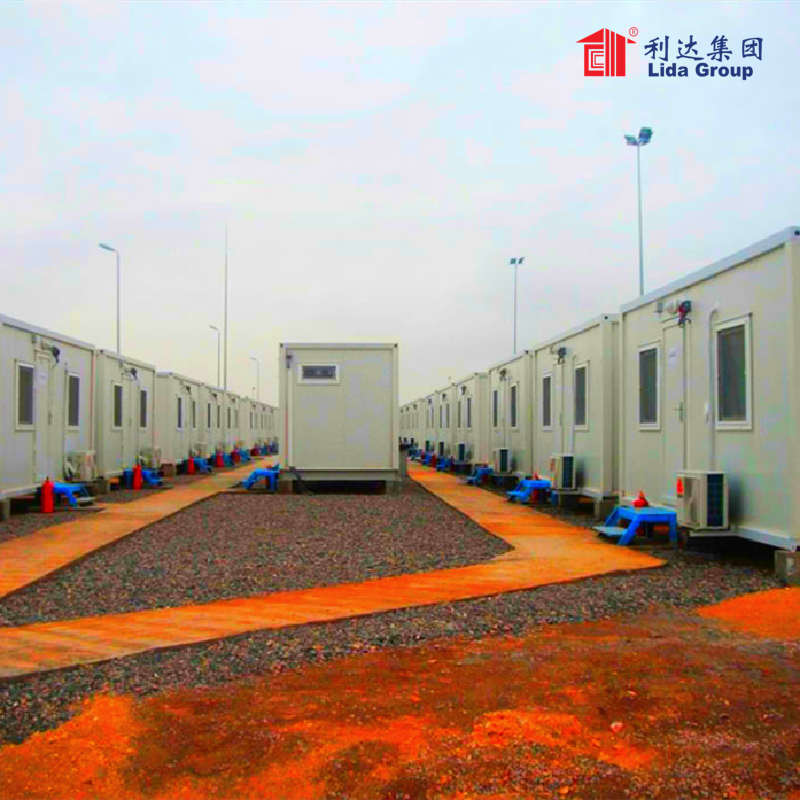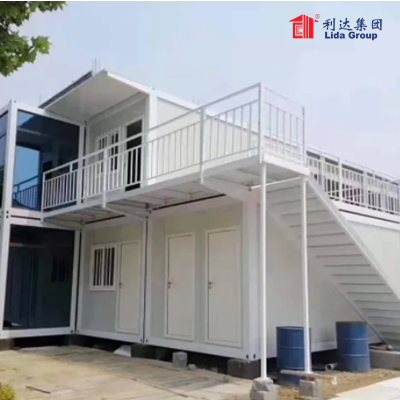Container House vs. Traditional Home: Which is the Better Investment?
Lida Group2024-03-210 views
Container House vs. Traditional Home: Which is the Better Investment?
When it comes to choosing a home, individuals face a multitude of options, including traditional houses and the increasingly popular modular container houses. The decision between these two alternatives involves careful consideration of various factors, such as cost, sustainability, flexibility, and long-term investment potential. In this article, we will explore the advantages and disadvantages of container houses compared to traditional homes, analyzing key aspects like construction methods, customization options, cost-efficiency, and the expertise offered by industry leaders like Lida Group.
1. Construction Methods and Customization:
Traditional homes are typically constructed using conventional building materials such as bricks, wood, and concrete. The construction process involves multiple stages, including foundation work, framing, and interior finishing. In contrast, container houses, including flat pack container houses and expandable container houses, are built using repurposed shipping containers. Their modular nature allows for faster construction, as the containers are pre-fabricated off-site and delivered for assembly. While traditional homes offer greater design flexibility, container houses can be customized by modifying the containers, adding windows, doors, and connecting multiple units for increased space.
2. Cost Efficiency:
Cost is a crucial consideration when comparing container houses to traditional homes. Container houses generally offer a more affordable option, especially in terms of construction and material expenses. The use of recycled shipping containers significantly reduces the cost of building materials. Moreover, container houses have a faster construction timeline, which can translate into lower labor costs. Traditional homes, on the other hand, can be more expensive due to the higher costs of building materials and longer construction periods. However, it is important to note that customization, additional features, and high-end finishes can increase the cost of both container houses and traditional homes.

3. Energy Efficiency and Sustainability:
Sustainability is increasingly becoming a priority for homeowners. Container houses have an inherent advantage in this aspect. The repurposing of shipping containers reduces waste and promotes recycling. Furthermore, container houses can be designed with energy-efficient features such as insulation, solar panels, and rainwater harvesting systems. Traditional homes can also incorporate sustainable elements, but the materials used and the construction methods may have a larger environmental impact. It is worth noting that with proper design and construction techniques, both container houses and traditional homes can achieve high energy efficiency and sustainability.
4. Flexibility and Portability:
Container houses offer unrivaled flexibility and portability compared to traditional homes. The modular nature of container houses allows for easy expansion, relocation, or disassembly. This flexibility is particularly beneficial for those who value mobility or have temporary housing needs. For example, office containers can serve as portable workspaces or temporary accommodation for remote job sites. Traditional homes, once constructed, are fixed structures that cannot be easily moved or modified. However, it is important to consider local regulations and zoning requirements when considering the portability of container houses.
5. Engaging Contractors and Lida Group Expertise:
Both container houses and traditional homes require the expertise of contractors and construction professionals. When building a container house, it is essential to engage contractors experienced in container house construction methods. They can ensure proper structural integrity, handle modifications, and manage the unique challenges associated with working with shipping containers. Additionally, industry leaders like Lida Group offer comprehensive solutions for container house projects, including design, manufacturing, and installation services. Their expertise ensures a seamless and efficient construction process.

Conclusion:
Choosing between a container house and a traditional home depends on individual preferences, budgetary constraints, and specific requirements. Container houses, such as flat pack container houses, expandable container houses, and office containers, offer cost efficiency, sustainability, flexibility, and customization options. They are particularly suitable for those seeking affordable and environmentally friendly housing solutions. On the other hand, traditional homes provide greater design flexibility, long-term investment potential, and a sense of permanence. By engaging experienced contractors and leveraging the solutions offered by industry leaders like Lida Group, individuals can make informed decisions and embark on a successful journey to create their dream home, whether it be a container house or a traditional dwelling.
You may also like

Doorfold Partition Wall Applied To Restaurants

Banquet Hall And Vip Room Sliding and Folding Partitions

Children's playground

Acoustic Collapsible Folding Partition for Commercial Room

Operable Folding Acoustic Partition Wall for Saudi Mecca Hotel

Doorfold Partition Wall Project Site In The Edge Leadership Center Nairobi Kenya

Accessories of Partition

Movable Acoustic Folding Partition Wall for Yun Lan Bay Hotel

Happy Holiday of Doorfold’s Excellent Staffs in 2019

Testing loss